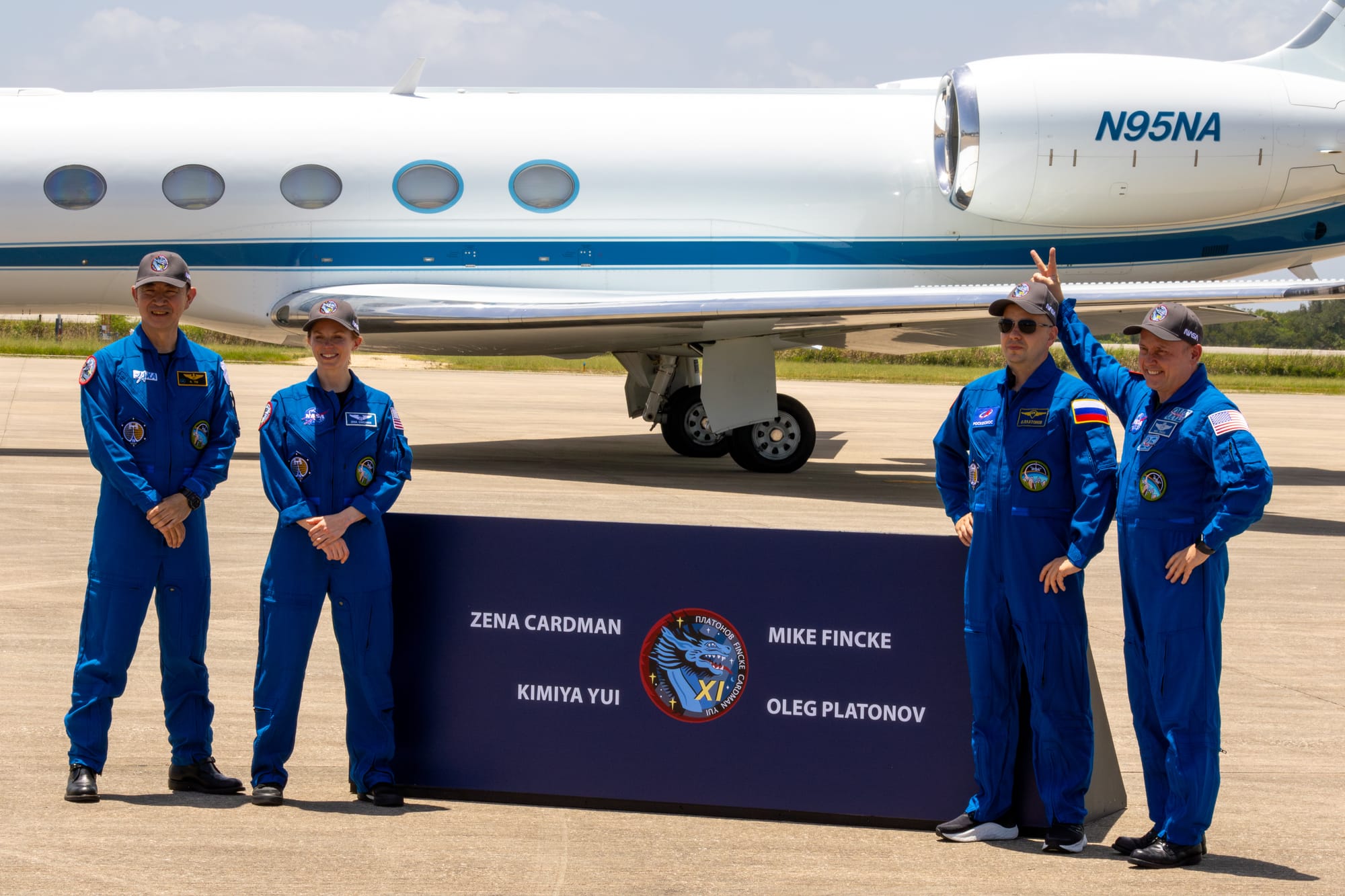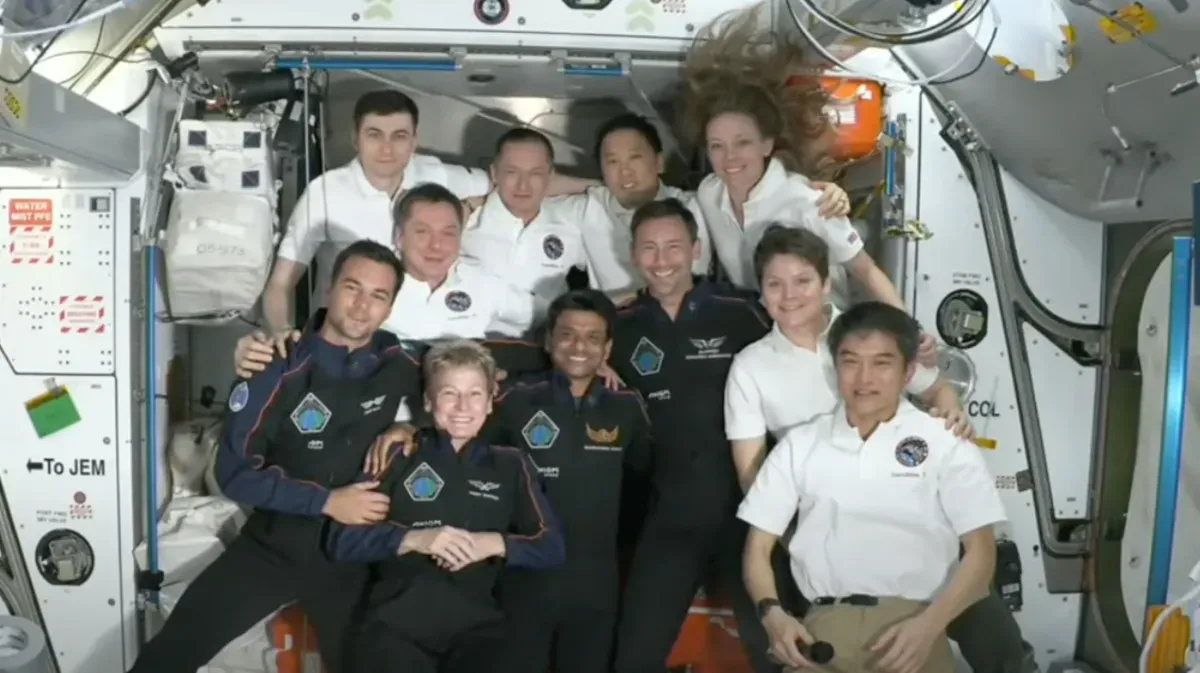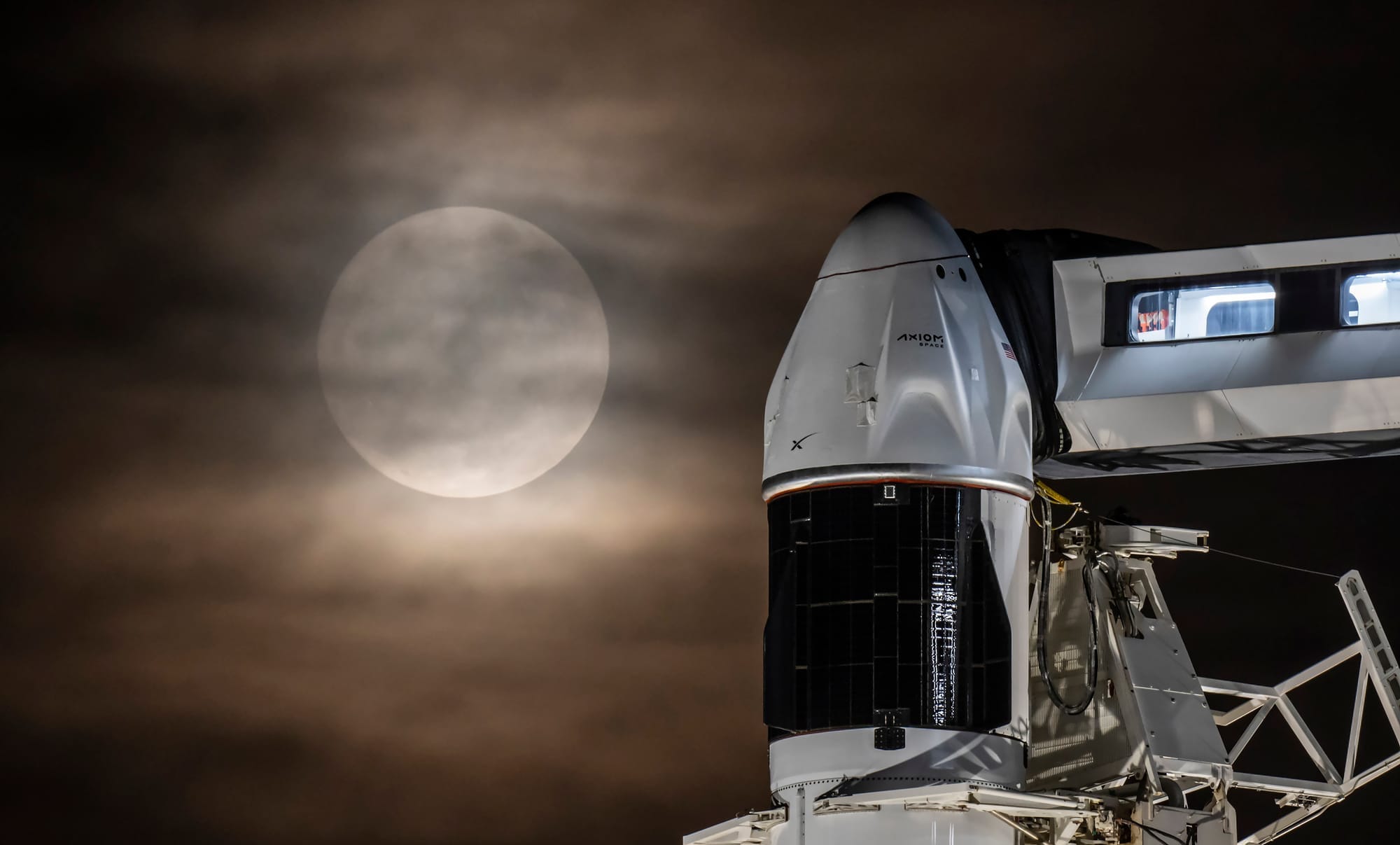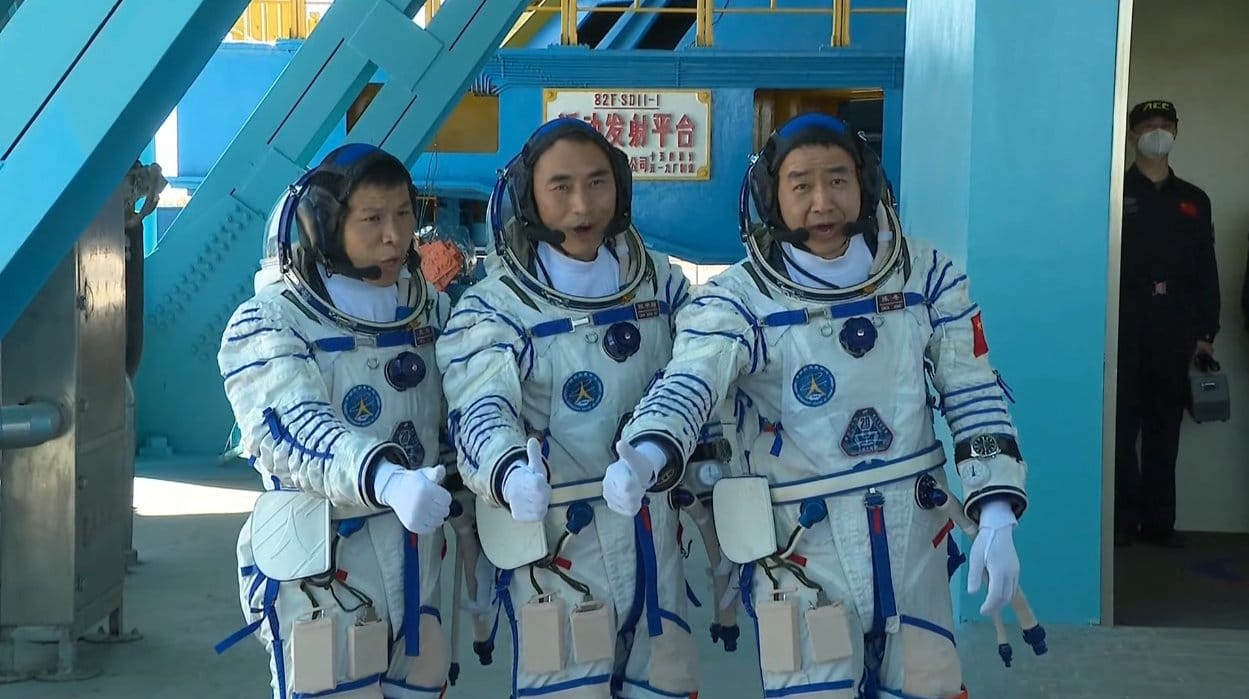Table of Contents
Zena Cardman, Michael Fincke, Kimiya Yui, and Oleg Platonov are heading to the International Space Station following a launch from the Kennedy Space Center, in Florida.
Liftoff of the Crew-11 mission occurred at 15:43 pm Universal Coordinated Time when a Falcon 9 headed skyward, carrying Crew Dragon spacecraft, from Launch Complex 39A, beginning a roughly nine-minute flight into low Earth orbit.
Almost ten minutes after launch atop Falcon 9, Crew Dragon C206 'Endeavour' separated from the Falcon 9's second stage to begin its sixth mission, and a chase to the space station. 'Endeavour' has previously flown for Demo-2, Crew-2, Axiom-1, Crew-6, and Crew-8.
The astronauts on board 'Endeavour' are expected to enter the International Space Station via the U.S. segment's Harmony module around twenty hours following launch, on August 2nd.
Supporting the launch of the four astronauts atop Falcon 9 was booster B1094, for its third mission, and landing at Landing Zone 1 back at Cape Canaveral. This booster has previously supported the Starlink Group 12-10 mission in April and Axiom-4 in June.
Falcon 9 has landed, completing our final planned landing at LZ-1 pic.twitter.com/ZlW1Ptp7DG
— SpaceX (@SpaceX) August 1, 2025
Booster B1094 landing at Landing Zone 1 after supporting the launch of Crew-11, via SpaceX on Twitter.
While spending around six months in space, a few members of the crew as set to participate in a series of simulated Moon landings to fly through simulated scenarios resembling the lunar South Pole region that the Artemis program will visit. The experiment is expected to allow researchers to evaluate how different gravitational forces may disorient astronauts and affect their ability to pilot a lunar lander. Some simulated landings have been performed before launch, with others set to come after a return to Earth.
Other experiments and studies planned for the crew are CIPHER (Complement of Integrated Protocols for Human Exploration Research), which measures how systems within the human body change in space, and Spaceflight Standard Measures, which collects physical data and biological samples from astronauts for other comparative studies. The space station's broad science portfolio will also be attended to by the Crew-11 team.
A prior attempt to launch Crew-11 occurred on July 31st, but was scrubbed due to weather. Before the first launch attempt, Roscosmos Chief Dmitry Bakanov visited the crew during a trip to the Kennedy Space Center. Reuters reports that Bakanov met with Acting NASA Administrator Sean Duffy, the first time the two space agencies' heads have met since 2018, to discuss a seat-swap agreement between the two (where NASA astronauts fly on Russian rockets and Roscosmos cosmonauts fly on American rockets) and other areas for cooperation.
Who's onboard?

Zena Cardman, from the U.S., is the Commander of the Crew-11 mission, flying to space for the first time. She was selected as a NASA astronaut in 2017 after having worked with the Palmer Long-Term Ecological Research group in Antarctica. Before that, she was a National Science Foundation Graduate Research Fellow at the Pennsylvania State University
Mike Fincke, also from the U.S., is the Pilot for the Crew-11 mission as part of his fourth trip to space. He has previously flown to the International Space Station onboard Soyuz TMA-4, Soyuz TMA-13, and STS-134, with a total time in space of 381 days. Fincke has also spent over two days performing spacewalks.
Kimiya Yui, from Japan, is a Mission Specialist for the Crew-11 mission, for his second trip to the space station. He previously headed to the station on board Soyuz TMA-17M, which lasted 141 days. Before a career in space, Yui served in the Japan Air Self-Defense Force where he achieved the rank of Lieutenant Colonel.
Oleg Platonov, from Russia, is also a Mission Specialist for the Crew-11 mission, as part of his first trip to space. He was selected by Roscosmos as a cosmonaut in 2018. Before selection, Platonov served in the Russian Air Force and achieved the rank of Major.
What is Crew Dragon?
Crew Dragon, or Dragon 2, is a partially reusable spacecraft developed by SpaceX. The primary use for Crew Dragon is to send crew to and from the International Space Station. SpaceX also performs free-flight missions with the spacecraft.
Crew Dragon consists of the capsule and trunk. The trunk is used to store unpressurized cargo as well as to have solar panels mounted on one side, to generate power, and radiators on the other, to dissipate heat generated inside. The trunk is not reused and burns up in the atmosphere after each mission. The capsule is where the crew is during launch, landing, and while on their way to space.
Unlike the original Dragon capsule, the Crew Dragon capsule has a launch abort system consisting of eight SuperDraco engines. This abort system can also be used to bring the capsule to a soft touchdown in the event of four parachute failures. The capsule also has a nosecone that will fold out of the way in space to protect the docking hardware and forward-facing thrusters during launch and landing. The forward-facing thrusters are the main propulsion system for performing maneuvers while in flight. Up to four parachutes will deploy from the capsule during descent to allow it to splash down for recovery.
Crew Dragon was developed as part of NASA's Commercial Crew Program to regain crew access to the International Space Station from the United States of America after the retirement of the Space Shuttle. SpaceX currently has five active Crew Dragon capsules: Endeavour, Resilience, Endurance, Freedom, and Grace.






